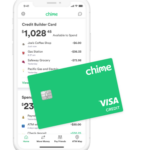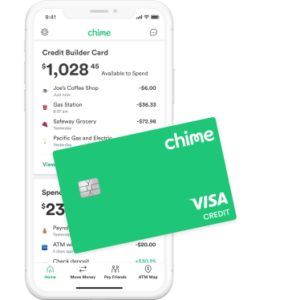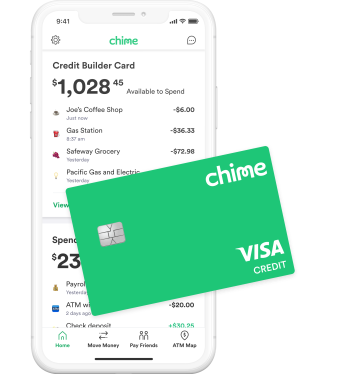Bundled Pricing Explained: How Banks Enhance Mortgage Offers with Additional Services
Banks are increasingly using bundled pricing strategies to attract more customers by offering attractive mortgage rates alongside other financial services. This tactic involves encouraging customers to open chequing accounts and have their mortgage payments automatically deducted, as it increases the likelihood of purchasing supplementary products like credit cards or life insurance. Many banks require this process to qualify for cash rebates on mortgages.
Research indicates that most consumers remain loyal to their current bank for more than five years, only switching banks if significant savings are involved or moving is inconvenient. To avoid financial trouble upon switching, consumers should consider alternatives such as consulting a mortgage broker or exploring banks with less restrictive product offerings.
Some banks have embraced everyday low pricing without tying it to specific products, exemplified by HSBC Canada, which in 2016 offered industry-leading rates while balancing revenue from other services. However, major banks like RBC and Scotiabank still offer exceptional rates through online portals but often find lower rates elsewhere, potentially misleading consumers.
For banks that can’t sustain low rates without subsidies or government-backed securitization, competition may intensify as financial pressures mount. Without such measures, these banks risk facing an uphill battle to remain competitive.
In conclusion, while banks leverage bundled pricing for higher margins and flexibility, they face increasing risks unless they can offer competitive rates without tying them to additional products. Exploring solutions like government-backed securitization could alleviate the pressure on consumers seeking affordable financial options.


























